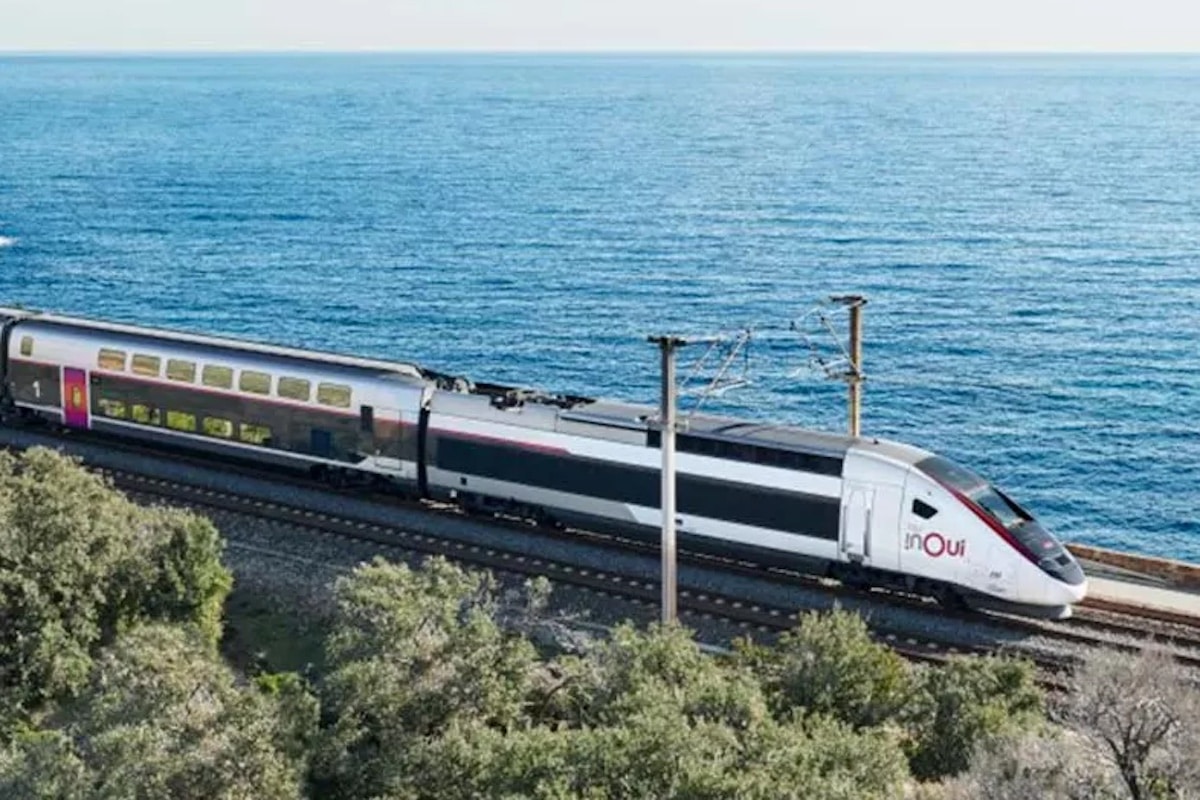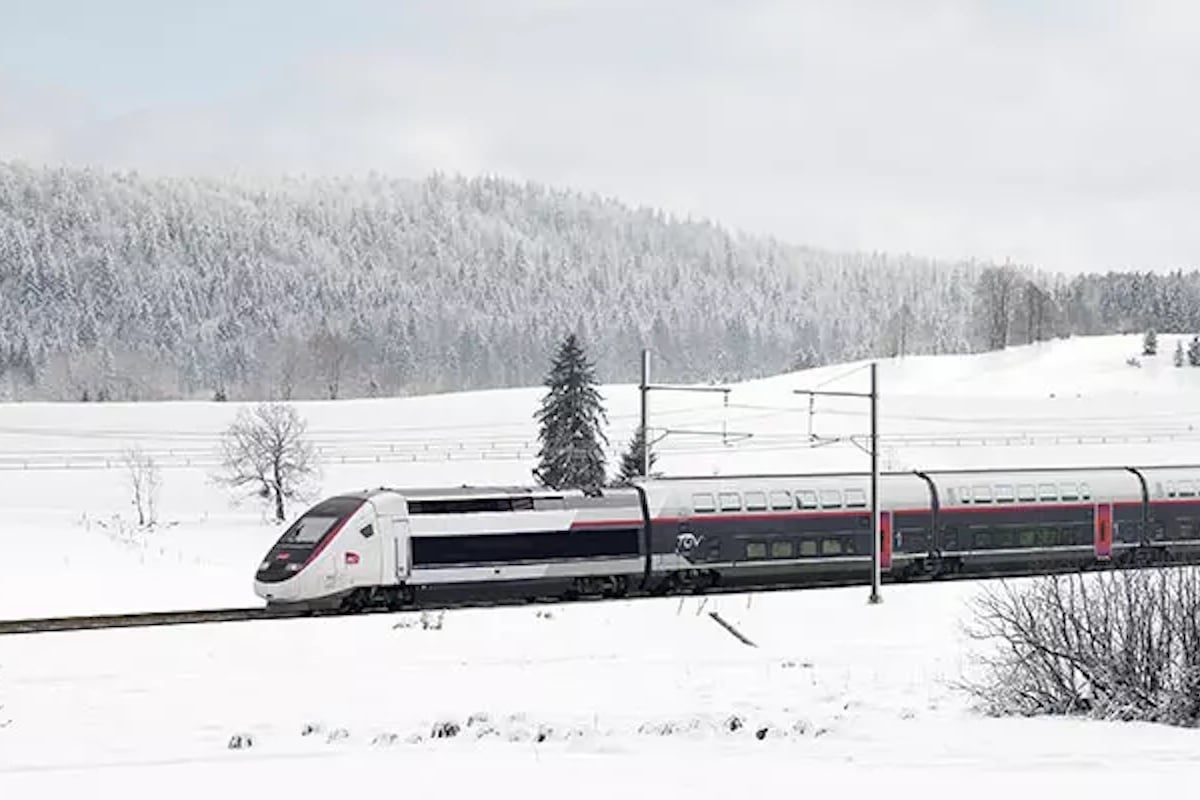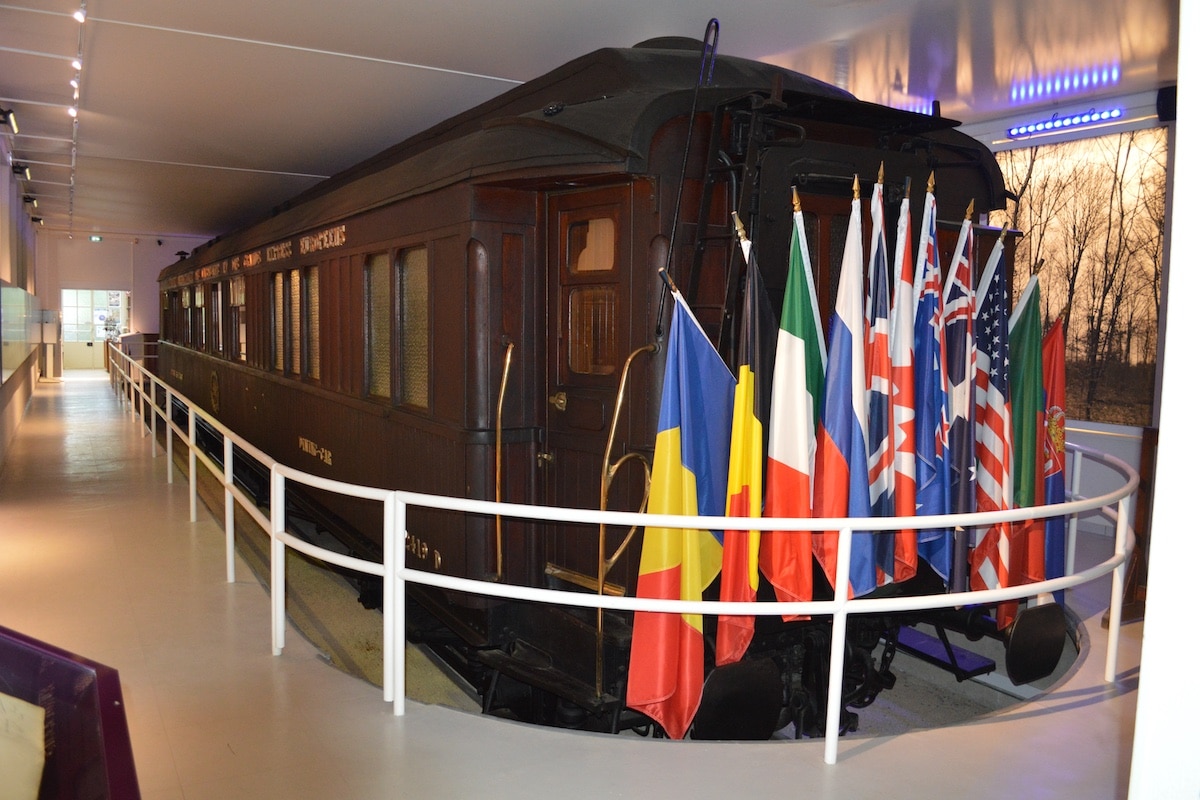Will the TGV soon be autonomous like a subway line?

In Japan, the automation of high-speed train lines is no longer science fiction but a project… on the tracks.
In school, if the teacher asks you “what job do you want to do later“, you can already cross out the idea of becoming a TGV train driver.
In Japan, where demographics pose a serious societal problem, replacing humans with machines will not just be a hypothesis, but a real necessity. Consequently, Japan Railways (JR) has announced the project to fully automate a first line of high-speed trains, the Shinkansen, within the next decade.
Before raising alarm bells, it should be noted that this solution already exists in various forms around the world when it comes to subways. In Paris and elsewhere, entire lines are automated, resulting in significant personnel savings, but also in a frequency and reliability in service that are markedly higher. And customers are pleased.
A revolution in rail transport?
Since their introduction in 1964, Shinkansen trains have been distinguished by their punctuality, safety, and exceptional speed, reaching up to 320 km/h. Today, Japan Railways (JR) is considering a new phase with the gradual integration of autonomous driving technologies. Inspired by examples like line 14 of the Paris Metro, this automation aims to make Shinkansen capable of operating without a driver while maintaining, or even improving, the safety and precision levels that have earned the Japanese rail system its reputation.
To make this project possible, several cutting-edge technologies will be implemented. Artificial intelligence (AI) will play a key role, analyzing real-time data from the tracks, weather conditions, and schedules. Sensors and cameras will monitor every aspect of the train’s operation, taking into account potential risks such as objects on the tracks or mechanical anomalies.
These automated systems will also offer better management of rail traffic, reducing wait times and increasing the fluidity of journeys. By optimizing acceleration, braking, and interaction with other trains, automation could allow for a more efficient use of the network, thereby increasing its capacity.
The challenges of automation
However, the automation of Shinkansen raises technical and human questions. Unlike subways, high-speed trains must deal with much longer distances, geographical variations, and higher speeds, making the management of unexpected situations more complex. Furthermore, safety remains a top priority, and the shift to autonomous driving in this context will need to undergo rigorous testing and regulatory certifications.
The integration of these systems must be gradual, with experimental phases on certain lines, accompanied by human drivers ready to intervene in case of problems. Ultimately, the goal is to create an entirely autonomous system, but hybrid solutions should be the norm in the initial phase.
Impact on employment and society
The introduction of autonomous trains also raises questions about employment in the rail sector. Currently, Shinkansen drivers are among the most qualified and respected in the country. While automation could transform their roles, the complete disappearance of the driver function seems unlikely in the short term. Human operators will likely be called upon to supervise the system or manage emergency situations.
Nonetheless, this transition towards automation could offer advantages for passengers and the economy. It could reduce operating costs and allow for more efficient management of rail infrastructure. By reducing the margin for human error, the already exemplary punctuality and safety could further improve.
Coming soon to France?
Change is everywhere, and France will not be spared this logic of automation. It is said that planes are already safer without human intervention, but passengers are not yet ready for this situation.
For trains, the logic will be the same. In France, SNCF employs around 15,000 train drivers, including about 3,000 for the TGV. However, it can be stated that by 2040, trains in France will be without pilots.
ALSO READ: Morocco will have high-speed trains by 2040
This page is translated from the original post "Le TGV bientôt autonome comme une ligne de métro ?" in French.
We also suggestthese articles:
Also read






